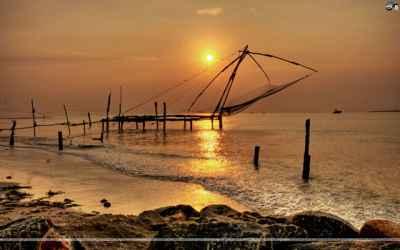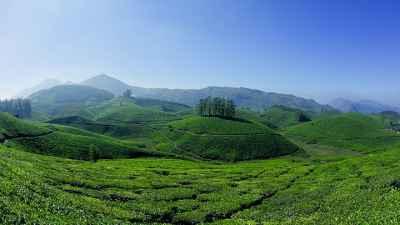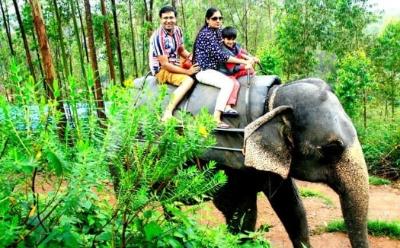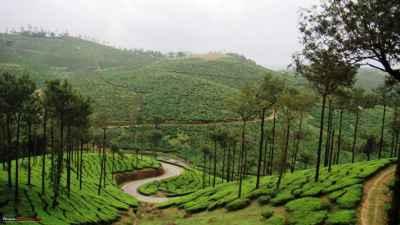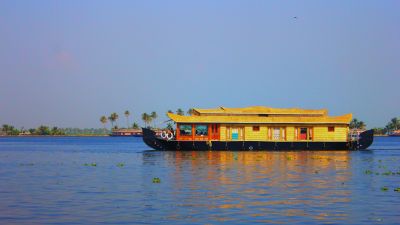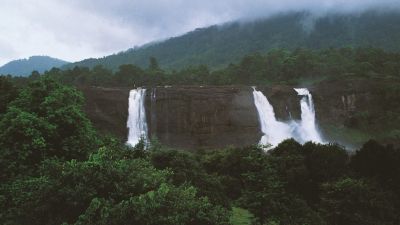The Story of Kathakali: Kerala's Classical Dance-Drama
The Story of Kathakali: Kerala's Classical Dance-Drama
Kerala, the southernmost state of India, is famous for its rich cultural heritage. One of the most captivating art forms originating from this beautiful region is Kathakali. Kathakali is a classical dance-drama that combines elements of dance, music, and storytelling to portray various mythological stories and epics. With its elaborate costumes, intricate makeup, and powerful expressions, Kathakali mesmerizes audiences and takes them on a journey into the world of ancient tales.
Origins of Kathakali
The origins of Kathakali can be traced back to the 17th century, during the reign of the king of Travancore, Maharaja Vishakham Thirunal. It was developed as a combination of several art forms, including traditional dance forms like Krishnanattam and Koodiyattam, as well as elements of martial arts and folk dances.
Kathakali was initially performed only by men, as it was considered a form of divine worship and women were not allowed to participate. However, in recent times, women have also started performing in Kathakali, breaking gender barriers and bringing a new perspective to this ancient art form.
The Elements of Kathakali
Kathakali is known for its elaborate costumes, intricate makeup, and expressive gestures. The dancers wear colorful costumes made of silk, adorned with heavy jewelry and ornaments. Each character has a specific type of makeup, known as 'chutti,' which is created using natural colors and vegetable dyes.
The facial expressions, known as 'rasas,' are a crucial aspect of Kathakali. The dancers use their eyes, eyebrows, lips, and cheeks to convey different emotions and characters. The gestures and body movements are also carefully choreographed to bring the stories to life.
The music of Kathakali is another vital component. It consists of a unique blend of vocal and instrumental music, including instruments like chenda (a cylindrical drum), maddalam (a double-headed drum), and chengila (a gong-like instrument). The music enhances the dramatic effect of the performances and sets the tone for each scene.
Themes and Performances
Kathakali predominantly relies on stories from Hindu mythology and epics like the Ramayana and the Mahabharata. The performances typically revolve around the triumph of good over evil and the struggles faced by various mythological characters.
There are four main types of characters in Kathakali: the pachcha (green) characters, who represent noble and virtuous characters; the kathi (knife) characters, who portray warriors and villains; the thadi (beard) characters, who depict supernatural beings, such as gods and demons; and the minukku (radiant) characters, who portray women and sages.
Each performance consists of several sequences, including the entry of characters, the elaboration of their emotions through mime and gestures, and the enactment of intense battle scenes. The rhythm and intensity of the dance build up gradually, captivating the audience with every move.
Kathakali Today
Kathakali has not only survived the test of time but has also gained international recognition. Today, it is performed not only in Kerala but also in various parts of India and across the globe. It is an integral part of cultural festivals and attracts tourists from far and wide.
Several institutes and academies have been established in Kerala to preserve and promote the art of Kathakali. These institutes offer training to aspiring dancers and provide a platform for them to showcase their talent.
Attending a Kathakali performance is a truly mesmerizing experience. The vibrant costumes, the expressive makeup, and the powerful storytelling come together to create a visual and auditory extravaganza that leaves a lasting impression on the viewers.
Conclusion
Kathakali is not merely a dance form but a reflection of the rich cultural heritage of Kerala. Its unique blend of dance, music, and storytelling has captivated audiences for centuries. The dedication and skill of the performers are truly commendable, as they bring to life the characters and stories from ancient mythology.
If you ever get a chance to visit Kerala, make sure to witness the magic of Kathakali. It is an experience that will stay with you for a lifetime.
So, what are you waiting for? Share this blog post with your friends and family and let them know about the mesmerizing world of Kathakali!
Disclaimer : The information provided in this blog is for general informational purposes only. While we strive to keep the content accurate and updated, TravelSetu assumes no liability for errors or omissions. If you believe any part of this blog infringes your rights or causes concern, please notify us immediately at info[at]travelsetu[dot]com so that appropriate action can be taken.
